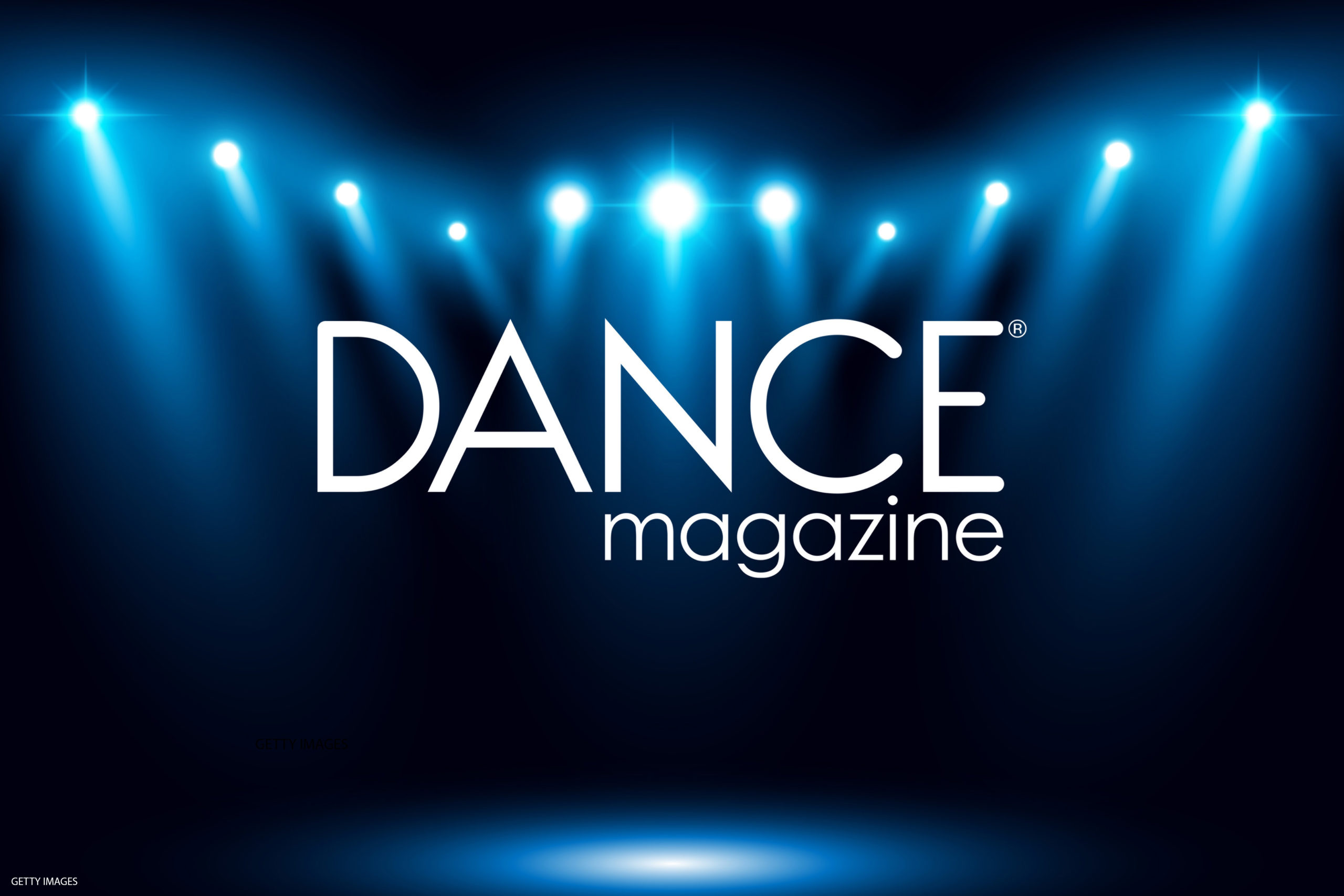Why I Dance: Paloma McGregor
Since 2005 Paloma McGregor has brought her intense quality to Urban Bush Women in Brooklyn. She embodies Jawole Willa Jo Zollar’s marriage of power and sensuality, with moments of sharpness thrown in—almost like she could pop and lock. She’s got expansive arms and a deep, juicy plié and you can’t miss her in the group. With her lifelong collaborator and sister, Patricia, she is co-founder of Angela’s Pulse Performance Projects, and is also guest artistic director of INSPIRIT Dance Company. Her choreographic work has been presented at Bronx Academy of Art and Dance, SolarOne Solar Powered Arts Festival, and the New Dance Group, as well as Dance Place in Washington, DC, MOCA Cleveland, and Cleveland Public Theatre. McGregor teaches dance and writing workshops throughout the country.
Why I dance changes constantly. On my best days, dancing—pushing myself to my physical and emotional limits—lets me express my deepest truths. Sometimes I dance to be the center of attention. And on those increasingly rare occasions when I make it to a club, I dance because they’re playing my jam.
Through it all, I dance for moments like one I had recently at a university. I met an undergraduate student who recognized me as a dancer with Urban Bush Women. “That’s what I really want to do,” she said, “but…”
I don’t recall how she finished the sentence, perhaps because my mind drifted back to a time when I was much like her—before I learned to value my voice and live without regrets.
Dance was my first love. As a Caribbean kid, raised on Carnival and calypso music, it was second nature. My mom says I even danced in the womb. At 8, I discovered that two of my greatest gifts—athleticism and showing off—were rewarded in something called dance class. Formal training with Caribbean Dance Company in St. Croix offered me a sense of purpose and an official-sounding label I relished: dancer.
But by 18, after moving all over the United States, searching for teachers and feeling intimidated by other students, I grew discouraged. I replaced dance with my second love: writing. Both satisfied my deep desire to tell stories.
I studied journalism at Florida A&M University, where I danced for fun and focused on becoming a reporter. But writing articles for a daily newspaper didn’t match the spiritual experience of dance, of embodying the ecstasy of sunset or the hardship of sharecropping. I watched performances squirming in my chair, leaving feeling dejected. I longed to be onstage.
I was not much older than this college student when I made a big decision: I wasn’t going to live a life of regret. By 25, with little formal training, I applied to two competitive graduate dance programs. I wrote them heartfelt letters, hoping they would recognize and invest in my potential. Instead, they invested in first-class stamps on rejection letters telling me I wasn’t good enough.
But I knew I was a dancer. With a passion (or perhaps lunacy) that only an artist can muster, I believed in my vision despite the disappointment. Soon, others did too.
I became a founding member of Cleveland Contemporary Dance Theatre, whose director, Michael Medcalf, looked beyond my sloppy arms and single pirouettes. For three years, after working all day at a newspaper, I rushed to rehearsals. Through the frustration and fatigue, I once again experienced the transformational power of dance.
At 27, I left my journalism career to pursue an MFA in dance at Case Western Reserve University. I discovered my skill not only for embodying, but envisioning dance. I realized, through sweat-soaked hours alone in the studio, that there were stories only I could tell. As a choreographer, I learned to combine my two great loves: writing and dance.
At 30, I moved to New York to be a professional dancer. I got my big shot a year later, in a weeklong audition for Urban Bush Women. More than a hundred women competed for one slot. I got the job. I have since performed for audiences from Senegal to South Carolina, and felt the power of dance as a universal language. And my choreography has let me have my say on stages across the country.
I have become what I have always been, and more than I could have imagined. And now I dance for that student, for what she could become and for the reflection of myself in her.
So I told her my story, because when I was her age I could have used reassurance that my passion was not lunacy. I would have loved to know what I know now: Your greatest love will never let you go.




